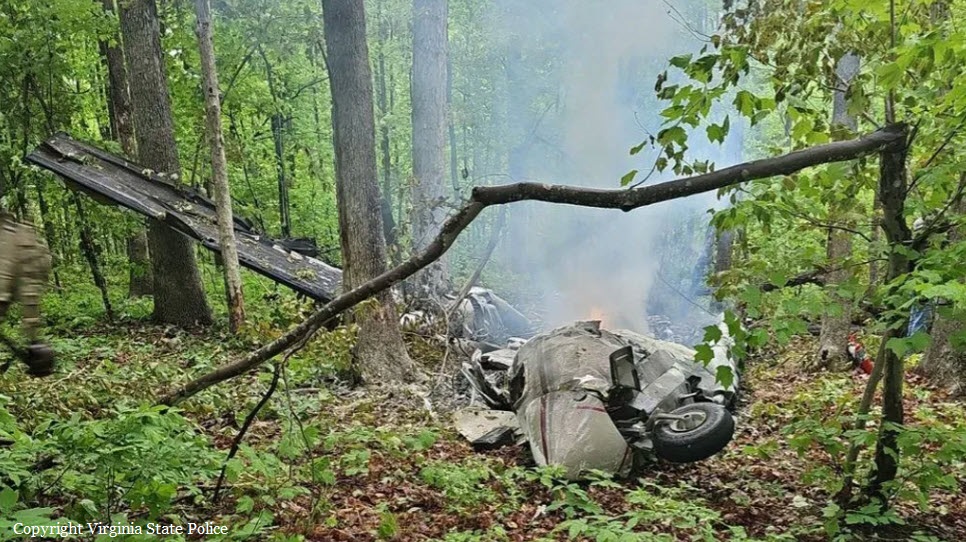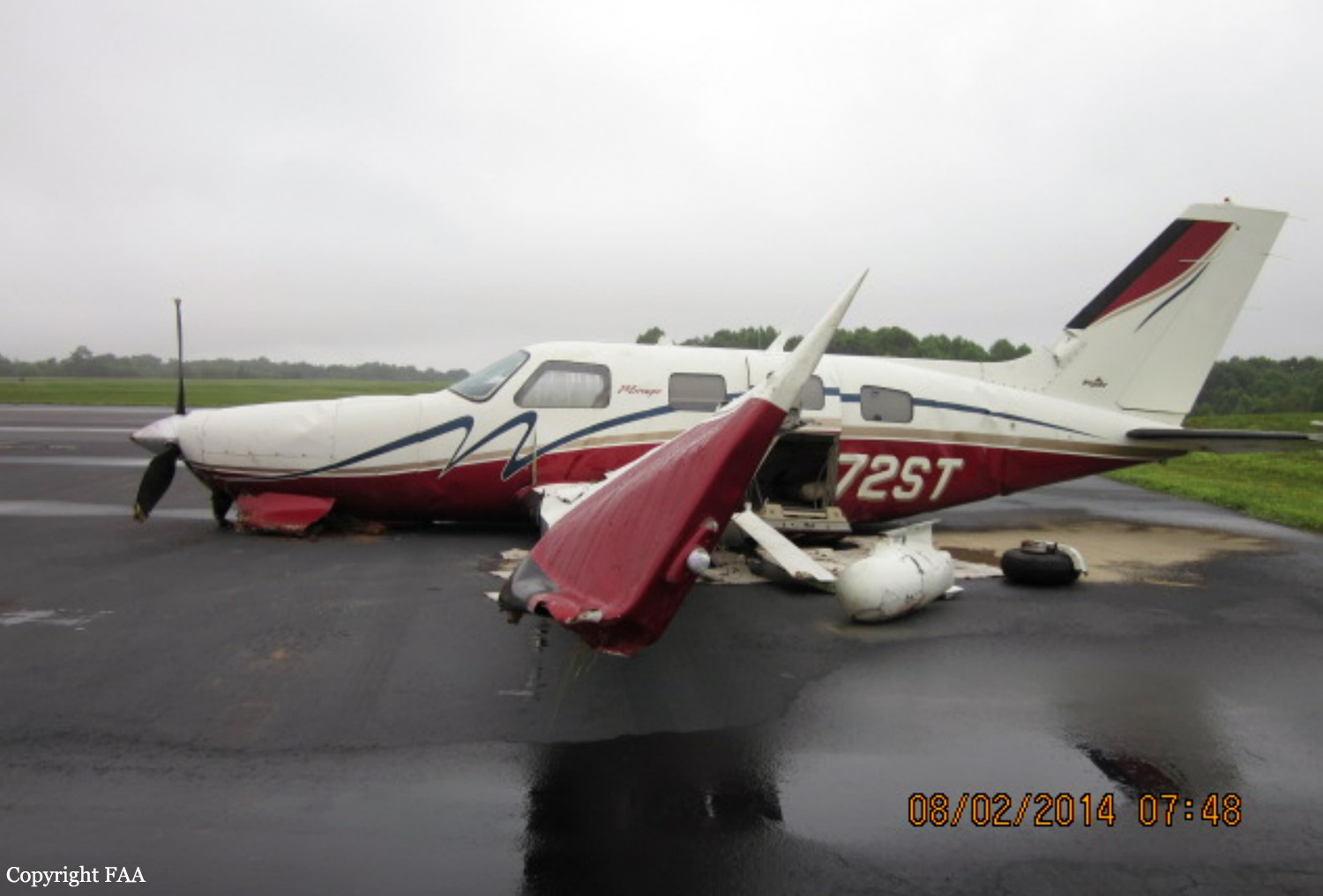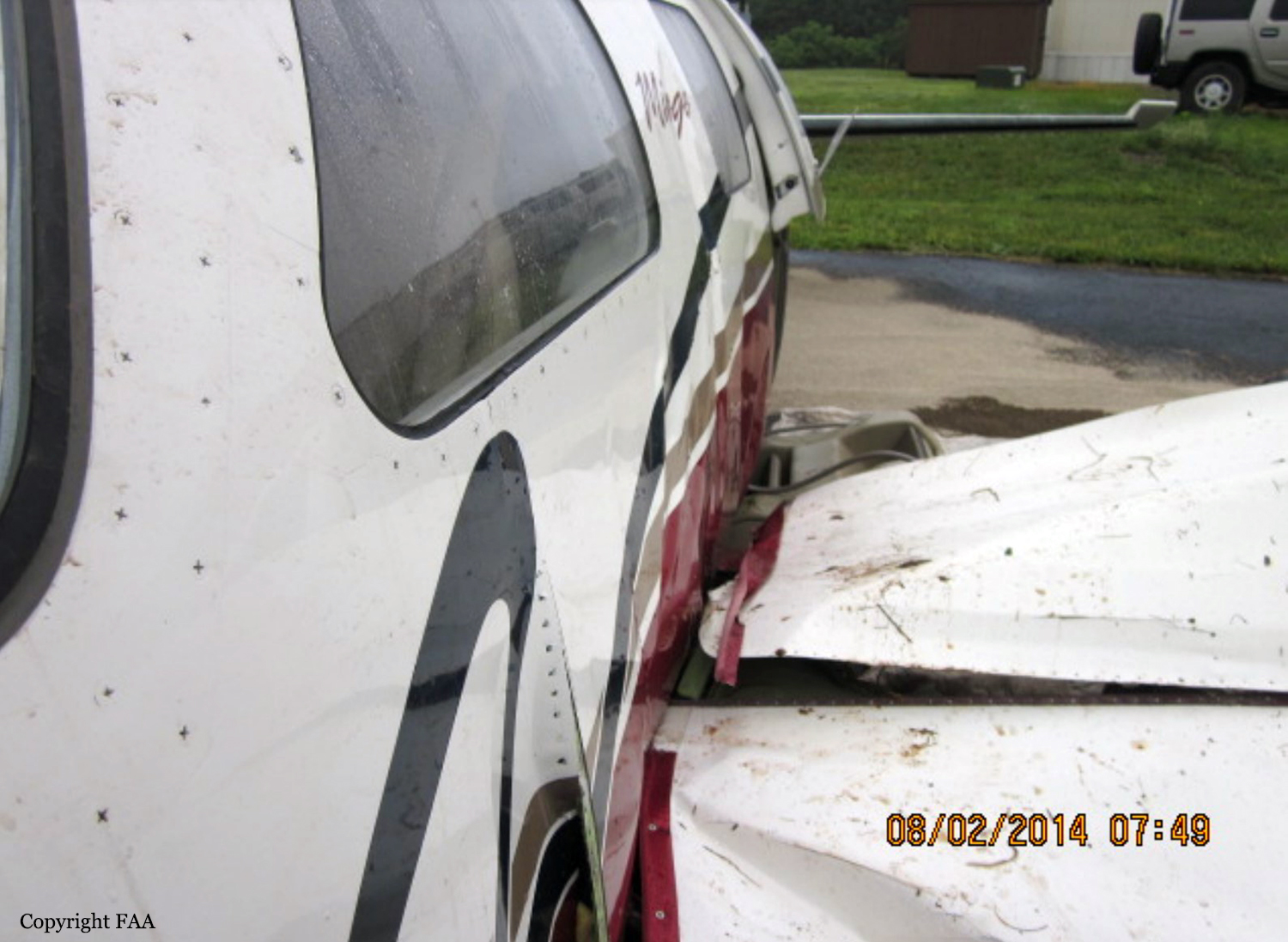Crash of a Rockwell Grand Commander 690 in Palmyra: 2 killed
Date & Time:
May 5, 2024 at 0900 LT
Registration:
N690BM
Survivors:
No
Schedule:
Manassas - Georgetown
MSN:
690-11311
YOM:
1976
Crew on board:
1
Crew fatalities:
Pax on board:
1
Pax fatalities:
Other fatalities:
Total fatalities:
2
Circumstances:
After departure from Manassas-Harry P. Davis Field Airport, Virginia, the twin engine airplane continued to the southwest, bound for Georgetown, South Carolina. While cruising at an altitude of 20,000 feet and approaching an area of marginal weather conditions, the pilot apparently elected to modify his route when the airplane entered an uncontrolled descent and crashed in a wooded area located in Palmyra. Both occupants were killed.












